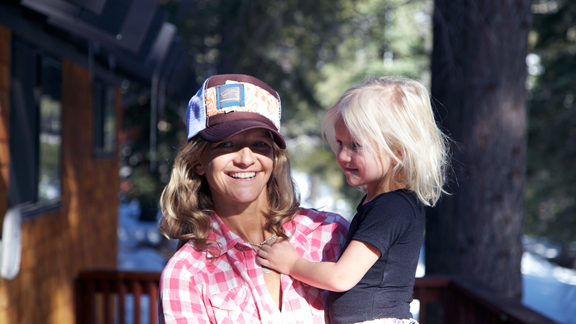An outdoor industry public relations firm recently asked me for some tips on PR do’s and don’ts for a company guide they’re working on. I thought it was a fun project and ended up writing way more than I originally planned. I guess I’ve had a lot of both mediocre and stellar interactions with PR people over the years to see the difference between what works and what doesn’t. Anyway, for those PR people hocking jackets and skis, listen up. Here are my 15 suggestions on what to do and what not to do when pitching journalists.
1. If you send an email that requires a response and the journalist doesn’t respond, wait two weeks and send a polite, non-pushy follow up. If they still don’t respond, move on. They’re not interested. Don’t send a third follow up.
2. Don’t start your email talking about the weather, the changing seasons or some other cliché attempt at being conversational. Get straight to the point. If you know the journalist personally, then a personalized note is always welcome, but if we don’t know you, we probably don’t want to make chitchat.
3. Get to know journalists. Invite us to do stuff. Find out what we like and use that to your advantage.
4. Journalists love to break a story. So if you really want to be our friend, deliver us an exclusive lead on a story.
5. Do proofread your emails.
6. Don’t pitch us ideas over Facebook or Twitter. Don’t call either. Email is always preferred.
7. Do put our names at the top of emails (so we can at least pretend you’re just sending it to us). And do spell our names correctly.
8. Don’t send an email with huge-size PDFs or high-res images attached to it that are going to jam up our inbox. We’ll let you know if we need that stuff and how it should be delivered.
9. Don’t send the exact same pseudo-personal email pitching the same product to two editors at the same magazine. We often compare notes.
10. Know who you’re pitching – know what kind of readership that magazine targets and adjust your pitch accordingly. If you’re pitching a snowboard to a ski magazine or a $5,000 fur-lined suitcase to a discount travel mag, the editor will assume you’re bad at your job and we’ll be less likely to reach out to you in the future.
11. That said, we understand that sometimes you get stuck with lame products, like ear muffs or snot rags and you have to at least try. Just admit it up front. Have a sense of humor and show us you’re not a PR robot.
12. Assume we’re always on deadline (even if we’re not). Respond quickly and thoroughly. If we have to wait more than a day for you to get back to us, we’ve likely found another product to feature.
13. If we’re going through the product line with you in person, say, at a trade show or in our office, be brief and give us only the basic highlights on stuff you think we’ll actually be interested in. If we decide to write about it, we’ll get the details from you at another time.
14. Don’t pitch us on last year’s products. We’re always looking for the newest and coolest stuff.
15. Think beyond the product. We’re looking for good stories. Interesting people, bright ideas, revolutionary inventions, companies making a difference, controversies, events, breaking news. Give us insight into the brand and the people behind it. Tell us about your client’s most interesting athletes, retailers, designers, janitors, founders. For most journalists, writing about gear or product is something we have to do, but what we really love is telling stories about people.



















 I’d mentioned a
I’d mentioned a 















 I apologize for the black and white scan — this photo actually does have color (you can see the actual photo on my
I apologize for the black and white scan — this photo actually does have color (you can see the actual photo on my